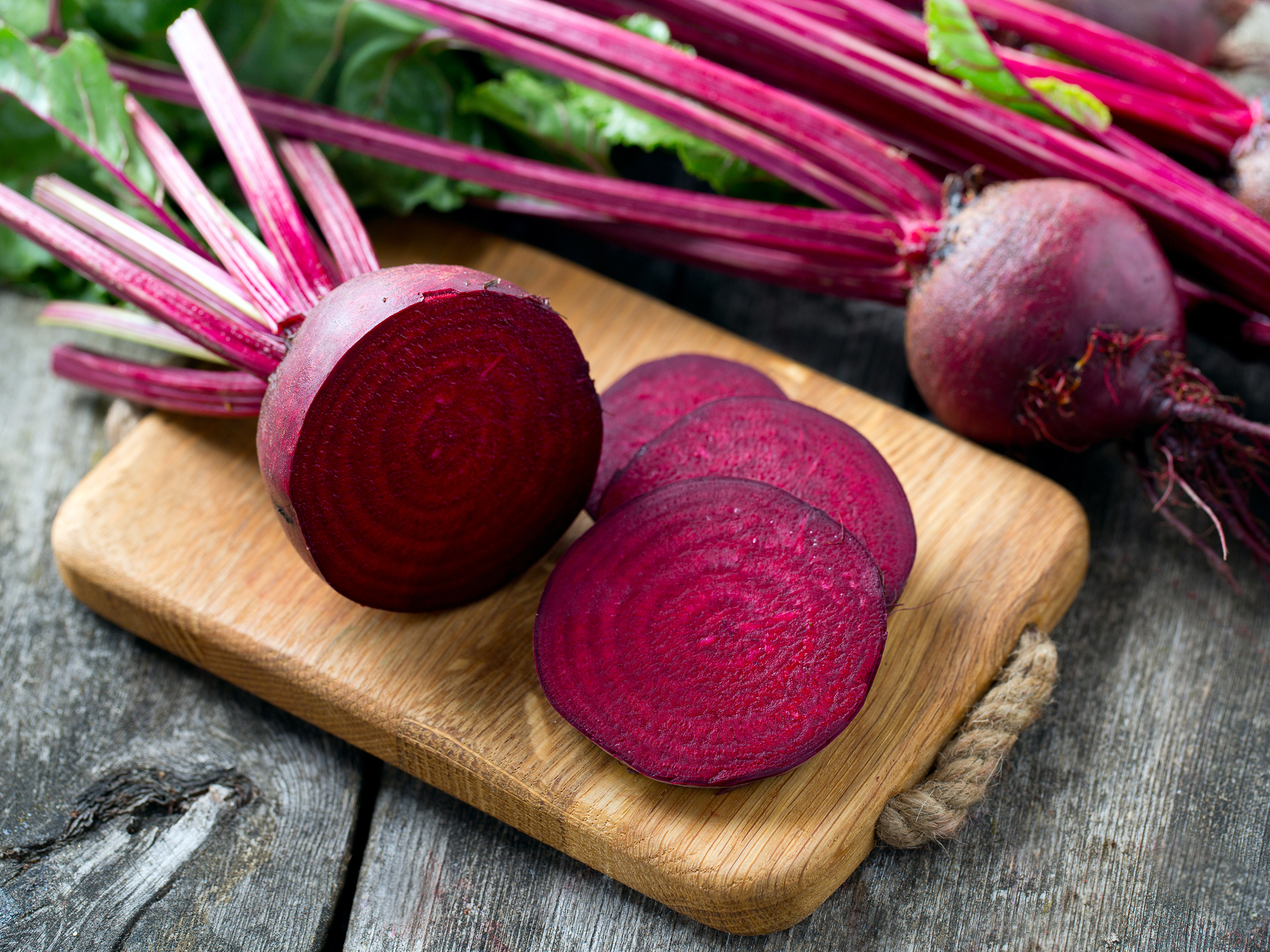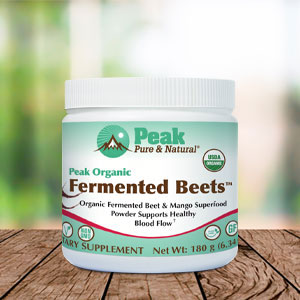Get Easy Health Digest™ in your inbox and don’t miss a thing when you subscribe today. Plus, get the free bonus report, Mother Nature’s Tips, Tricks and Remedies for Cholesterol, Blood Pressure & Blood Sugar as my way of saying welcome to the community!
For lowest BP, eat your beets this way

Beets are a root vegetable we love for their bright purple flesh and pleasing sweet flavor.
And if you’ve beat around the bush for a while, you might be aware that beets contain a heart-healthy compound called nitrate.
These nitrates are a source of nitric oxide for your body, a compound that acts as a natural vasodilator, which means it helps to relax and dilate the blood vessels and arteries in your body.
Due to these effects, a natural consequence is lower blood pressure — a great advantage to decrease your risk of heart problems.
Beets are a very versatile vegetable and can be roasted or pan-fried, boiled and pickled, or eaten raw in a salad or juiced.
But have you ever stopped to consider if beets are best consumed cooked or raw?
Chances are you haven’t and not surprisingly. Because for the first time ever, that’s what researchers finally set out to explore…
How do you take your beets?
The researchers set one group of participants with prehypertension the task of drinking 8 ounces of raw beet juice per day for two weeks, while the other group drank cooked beet juice. After the two weeks, both groups had a rest period of two weeks before they swapped and drank the opposite type of beet juice.
The results showed that while both preparations of juice do lower blood pressure, the raw beet juice has a greater influence on the relaxation of arteries. They also found raw beet juice reduced total cholesterol and LDL cholesterol while cooked beet juice showed no such effect.
And while both drinks lowered inflammatory molecules equally, the raw beet juice significantly increased participants’ total antioxidant status.
So the jury has reached a decision — while both cooked and raw beets provide benefits, it’s best to eat your beets as raw as they come!
Thankfully, incorporating a little raw beet into your life is pretty easy to do…
To make beet juice, simply wash or peel the rich purple vegetable, and put it through the juicer. Or enjoy with other healthy fruits and vegetables.
To make a beet side salad, shred one raw beet into a bowl, add 1-2 tablespoons of apple cider vinegar, a tablespoon of olive oil, along with salt and pepper to taste. Or create a tasty beet and hummus wrap.
While the root of the beet contains the highest proportion of nitrates, don’t discount the beet greens as they provide higher nutritional value than the beets themselves.
Beet greens contain potent amounts of vitamins K, A, C and E, along with high levels of minerals such as copper, potassium, manganese and magnesium — vitamins and minerals that also provide several heart-healthy benefits.
Simply chop the greens up and add them alongside your raw shredded beets.
Editor’s note: Have you heard of EDTA chelation therapy? It was developed originally to remove lead and other contaminants, including heavy metals, from the body. Its uses now run the gamut from varicose veins to circulation. Click here to discover Chelation: Natural Miracle for Protecting Your Heart and Enhancing Your Health!
Sources:
- Asgary S, et al. Improvement of hypertension, endothelial function and systemic inflammation following short-term supplementation with red beet (Beta vulgaris L.) juice: a randomized crossover pilot study. — Journal of Human Hypertension. 2016;30(10):627-632.
- Coles L, et al. Effect of beetroot juice on lowering blood pressure in free-living, disease-free adults: a randomized, placebo-controlled trial. — Nutrition Journal. 2012;11(1):106-110.
- Lidder S & Webb AJ. Vascular effects of dietary nitrate (as found in green leafy vegetables and beetroot) via the nitrate‐nitrite‐nitric oxide pathway. — Br J Clin Pharmacol. 2013;75(3):677–696.
- Beet greens — (2017). Wholefoods.org. Retrieved 29 July, 2017.













